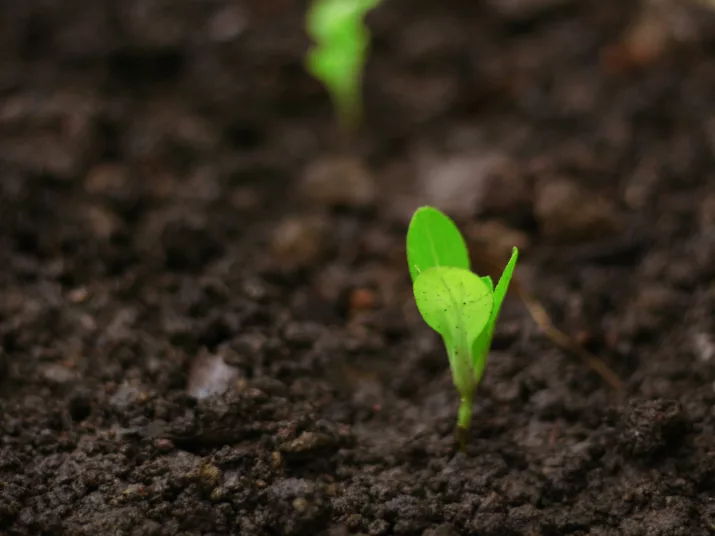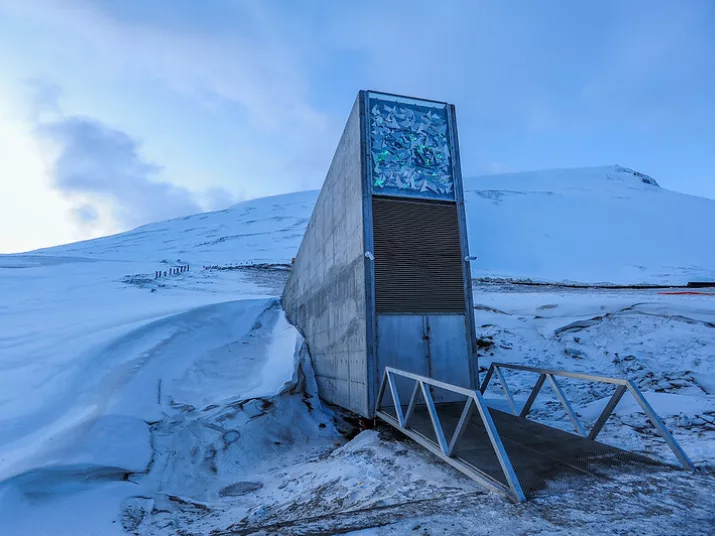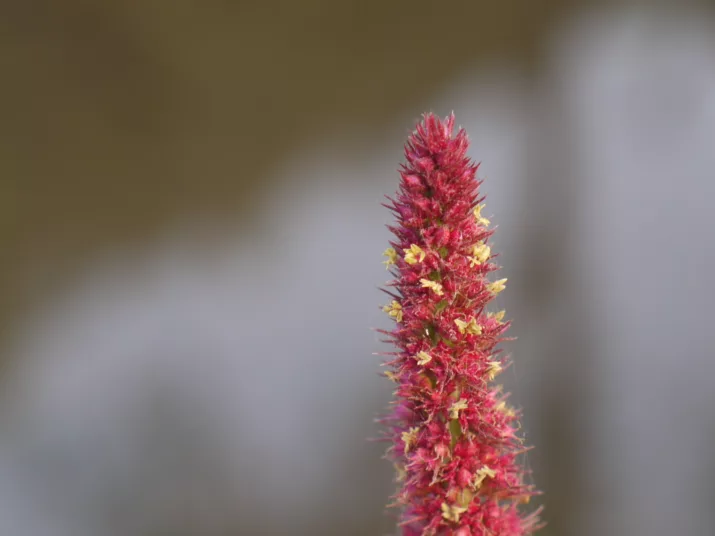
Seed diversity
Old but gold
There are thousands of plants around the world that we could eat, but we only use a fraction of them. Only a few plants such as wheat, rice and maize make up the majority of our diet.
Photo by Daniel Dan by Unsplash
Yet there is huge potential in old varieties and little-used plants: they are not only a cultural asset and promote biodiversity in our fields, but also our insurance for the future. The larger the gene pool, the better we can breed crops that are more resistant to pests, diseases and extreme weather. Even plants that are currently only grown in certain regions and receive little attention globally could become more important in the future - for example because they are particularly robust or cope well with heat and drought.

